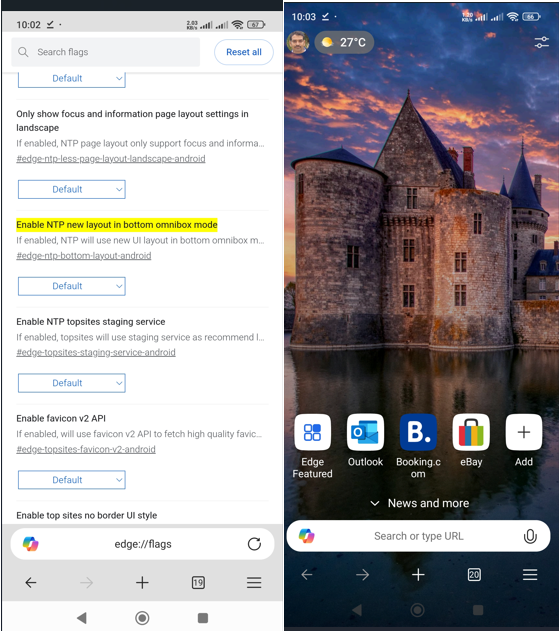Microsoft releases new requirements for a highly secure Windows 10 device
3 min. read
Published on
Read our disclosure page to find out how can you help MSPoweruser sustain the editorial team Read more

Microsoft has now released new standards for a highly secure Windows 10 device. These standards are for applicable for all desktops, laptops, tablets, 2-in-1’s, mobile workstations, and desktops running Windows 10 version 1709, Fall Creators Update and above. In enterprise world, security is one of the top priorities while choosing new hardware. These new requirements from Microsoft will help organizations in choosing the right Windows 10 device for their employees. All the Windows enterprise security features will be enabled when your hardware meet or exceed these standards.
Below are the hardware requirements for a highly secure Windows 10 device.
| Feature | Requirement | Details |
|---|---|---|
| Processor generation | Systems must be on the latest, certified silicon chip for the current release of Windows |
|
| Process architecture | Systems must have a processor that supports 64-bit instructions | Virtualization-based security (VBS) features require the Windows hypervisor, which is only supported on 64-bit IA processors, or ARM v8.2 CPUs |
| Virtualization |
|
|
| Trusted Platform Module (TPM) | Systems must have a Trusted Platform Module (TPM), version 2.0, and meet the latest Microsoft requirements for the Trustworthy Computing Group(TCG) specification | Intel (PTT), AMD, or discrete TPM from Infineon, STMicroelectronics, Nuvoton |
| Platform boot verification | Systems must implement cryptographically verified platform boot | Intel Boot Guard in Verified Boot mode, or AMD Hardware Verified Boot, or an OEM equivalent mode with similar functionality |
| RAM | Systems must have 8 gigabytes or more of system RAM |
Below are the requirements for firmware that comes with the hardware.
| Feature | Requirement | Details |
|---|---|---|
| Standard | Systems must have firmware that implements Unified Extension Firmware Interface (UEFI) version 2.4 or later | For more information, see United Extensible Firmware Interface (UEFI) firmware requirements and Unified Extensible Firmware Interface Forum specifications |
| Class | Systems must have firmware that implements UEFI Class 2 or UEFI Class 3 | For more information, see Unified Extensible Firmware Interface Forum specifications |
| Code integrity | All drivers shipped inbox must be Hypervisor-based Code Integrity (HVCI) compliant | For more information, see the Enable virtualization-based isolation for Code Integrity section of Driver compatibility with Device Guard in Windows 10 |
| Secure boot | System’s firmware must support UEFI Secure Boot and must have UEFI Secure Boot enabled by default | For more informaion, see UEFI firmware requirements and Secure Boot |
| Secure MOR | System’s firmware must implement Secure MOR revision 2 | For more information, see Secure MOR implementation |
| Update mechanism | Systems must support the Windows UEFI Firmware Capsule Update specification | For more information, see Windows UEFI firmware update platform |
Source: Microsoft via: Tomshardware










User forum
0 messages